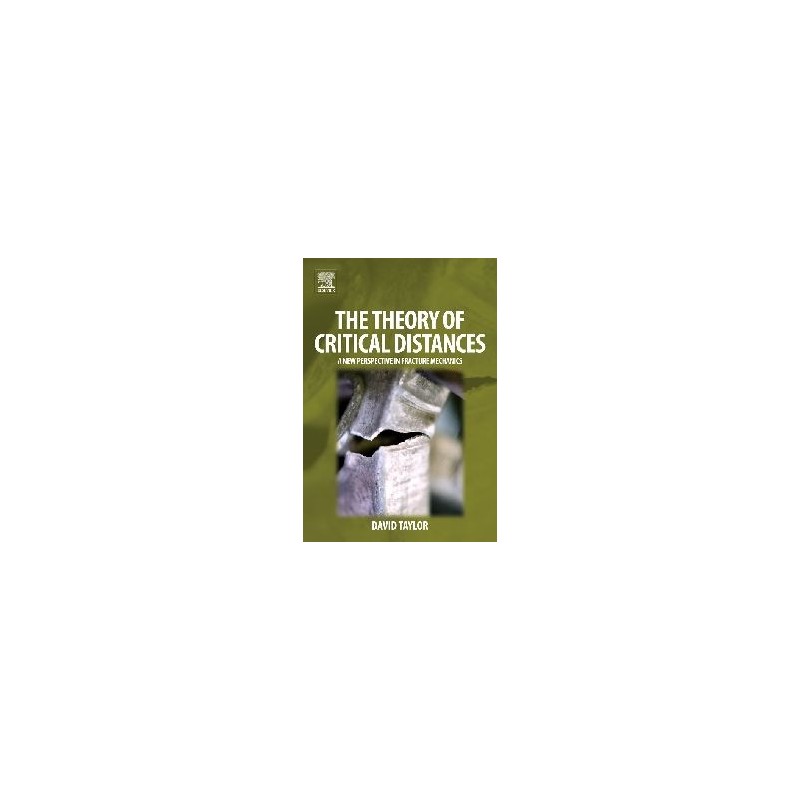- Obecnie brak na stanie



Adapter Pmod do zestawu National Instruments myRIO umożliwia podłączenie wielu modułów z serii Pmod do sterownika myRIO. 6002-410-013
Brak towaru
Brak towaru
Listwa stykowa prosta w kolorze czarnym, jednorzędowa, żeńska, 1x2, raster 2.54mm, THT, RoHS. PB02S
Brak towaru
Brak towaru
Brak towaru
Zestaw ewaluacyjny LPCXpresso55S16 z mikrokontrolerem LPC55S16 z rdzeniem ARM Cortex-M33. Płytka zawiera wbudowany LPC-Link2, podsystem audio, akcelerometr, interfejsy USB i złącza Arduino. NXP LPC55S16-EVK
Brak towaru
Brak towaru
Brak towaru
Brak towaru
ARM7TDMI, 512kB Flash (ISP), 58kB RAM, 2xCAN, Ethernet 10/100, 1xUSB 2.0 Full Speed Device, DMA, I2S, 3xI2C, 3xSPI/SSP, 4xUART, ADC, LQFP144
Brak towaru
Zestaw uruchomieniowy dla mikrokontrolerów ST7FLITE49
Brak towaru
Zmontowany sygnalizator rozładowania akumulatora do modeli RC. AVT1521 C
Brak towaru
Przewód z wtykami USB typ A oraz lightning, długość przewodu 3 m. Lanberg CA-USLM-10CU-0030-WH
Brak towaru
Zestaw AVT do samodzielnego montażu mikroprocesorowego stracha na ptaki. AVT3135 B
Brak towaru
Moduł kamery 0,3 Mpx z sensorem Aptina Imaging MT9V111 CMOS o rozdzielczości matrycy 640 x 480 pikseli i szybkości transmisji w formacie VGA do 30 FPS. Przystosowany do pracy w warunkach niskiego oświetlenia. Komunikacja przez interfejs równoległy. ArduCAM B0059
Brak towaru
MINIMODUŁ Z MIKROKONTROLEREM ATMEGA8 - ZESTAW DO SAMODZIELNEGO MONTAŻU
Brak towaru

